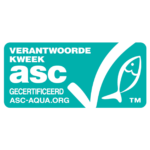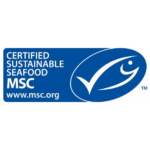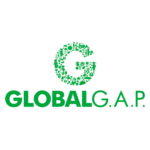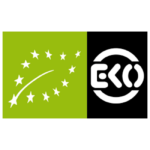Tilapia
Worldwide
Deelgebieden: Worldwide
Pond systems (aquaculture), Cages (aquaculture)
- Jan
- Feb
- Mar
- Apr
- May
- Jun
- Jul
- Aug
- Sep
- Oct
- Nov
- Dec
Tilapia is a common name for many species of tropical freshwater fish from the cichlid family. The size differs per species, with an average of 45 cm and 2.5 kg. While they can survive both fresh and brackish water, they are commonly found in fresh water. They live originally in Africa, but are introduced in other continents. Most tilapia in the Netherlands is farmed. The fish is easy to grow, it doesn’t need high waterquality, but a water temperature above 18 degrees is important. In tropical countries tilapia is an important sources of proteins.
Worldwide
Deelgebieden: Worldwide
Pond systems (aquaculture), Cages (aquaculture)
Worldwide
Recirculation system (aquaculture)
Worldwide
Deelgebieden: Worldwide
Pond systems (aquaculture), Cages (aquaculture)

Fish with the ASC label is farmed in a sustainable manner.

Fish with the MSC label is caught sustainably.
This fish is not being overfished or is being responsibly farmed, with minimal impact on the environment.
This fish is a second choice. There are still some improvements to be made in this fishery or fish farm.
Do not buy this fish. It's being overfished or the way it's farmed or caught has a negative impact on the environment.

There is fish available of this species that is farmed or caught using high welfare standards.

GlobalG.A.P. certified farms are doing a step in the right direction in terms of sustainability. A few species with this label are getting a better score on the VISwijzer.

Organic standards are the strictest when it comes to fish feed. They also require certain measures for animal well-being.